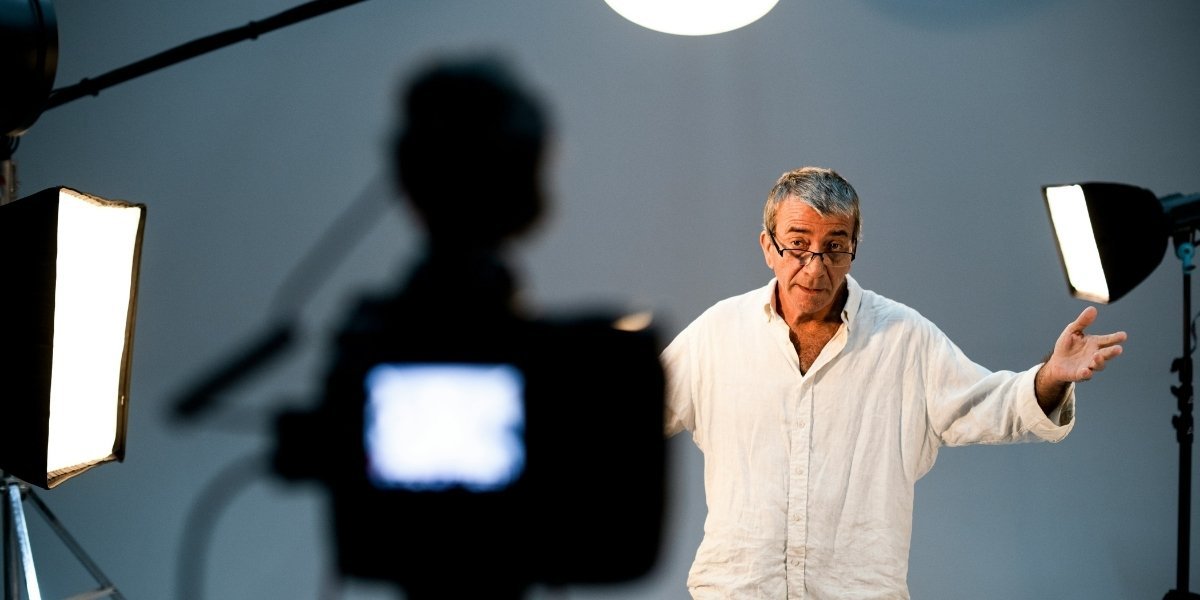The world of phone and gadget launch events is a blend of creativity, strategy, and precision. These unveilings serve as more than simple product reveals; they are immersive experiences designed to capture attention, generate excitement, and shape the public’s perception of a new device. Crafting such an event requires balancing the art of storytelling with the science of audience engagement, technology integration, and flawless execution. As the tech market grows increasingly crowded, the pressure to deliver impactful launches has never been higher.
Read Also: Smartphones: The New Tools for Filmmaking
Why Launch Events Are Crucial in the Tech Industry
In the highly competitive technology sector, launch events are essential touchpoints between companies and consumers. They offer a unique opportunity to showcase innovation, build brand loyalty, and generate extensive media coverage. Industry professionals emphasize that the first impression a product makes often hinges on the success of its unveiling.
An impactful launch creates momentum that can boost sales and strengthen customer relationships. This is especially true in the smartphone and gadget segments, where new models frequently compete on features, design, and ecosystem compatibility. Launch events help companies articulate what sets their product apart, giving audiences a reason to engage.
Furthermore, launch events foster a sense of community among fans and early adopters. By inviting influencers, journalists, and loyal customers, companies create buzz that extends beyond the event itself, spilling into social media conversations and industry analysis.
Crafting a Compelling Narrative: The Art of Storytelling
The foundation of any successful launch event lies in compelling storytelling. Consumers today expect more than just specifications; they want to understand how a product fits into their lives and solves real problems. Crafting a narrative that connects emotionally can make technology feel accessible and desirable.
Many companies frame their devices as breakthroughs that empower users or simplify everyday challenges. For example, emphasizing features like camera quality, battery life, or AI-driven personalization can resonate deeply when tied to human experiences. Storytelling turns a piece of technology into a meaningful companion.
Visual and sensory elements support this narrative. Dynamic lighting, dramatic stage design, and high-quality multimedia presentations immerse attendees and viewers alike. Event planners often use pacing techniques—building suspense before a product reveal—to heighten excitement. This theatrical approach ensures engagement and creates memorable moments.
Choosing the right spokesperson is equally important. A confident, authentic presenter can humanize the technology, bridging the gap between technical details and personal relevance. Their delivery sets the tone, influencing audience perception and enthusiasm.
Integrating Technology and Enhancing Interaction
Modern launch events harness the latest technologies to create interactive and inclusive experiences. Live streaming allows global audiences to join in real-time, vastly expanding reach beyond the physical venue. This accessibility transforms launches into shared moments across continents.
Augmented reality (AR) and virtual reality (VR) demos enable attendees to explore new gadgets in immersive ways. For instance, AR apps can allow users to visualize a phone’s features or design in 3D, enhancing understanding and excitement. Interactive kiosks or touchscreens provide hands-on experiences, encouraging deeper engagement.
Social media plays a vital role in amplifying the event’s impact. Companies craft specific hashtags and encourage real-time sharing to generate buzz. Influencers and brand ambassadors extend the conversation, reaching diverse audiences.
Data analytics gather insights from these interactions, tracking viewer engagement, sentiment, and questions. This feedback informs marketing strategies and helps tailor follow-up campaigns to sustain interest.
Mastering Logistics and Timing for Flawless Execution
Behind the scenes, launch events require meticulous planning and coordination. Venue selection, technical setup, guest management, and security are just a few of the elements that demand attention. Event organizers must prepare for contingencies like equipment failure or unexpected delays to maintain a professional experience.
Timing the launch strategically amplifies its effect. Companies analyze competitor schedules, market trends, and consumer behavior to select optimal dates. Launching ahead of major shopping seasons can capitalize on heightened consumer spending.
The event’s length is carefully calibrated. It must be long enough to convey key messages and showcase features without losing audience interest. Overly lengthy presentations risk disengagement, while brief sessions might leave critical details unexplored.
Effective coordination among marketing, product, and technical teams ensures seamless transitions and clear messaging throughout the event.
Measuring Success and Sustaining Momentum Post-Launch
The launch event marks the beginning, not the end, of a product’s marketing journey. Success metrics include media coverage volume, social media engagement, and immediate sales performance. Brands analyze these factors to gauge the event’s impact and return on investment.
Sustaining momentum requires coordinated follow-up efforts. This includes targeted advertising, influencer partnerships, product demos, and retail promotions. A memorable launch lays the foundation for ongoing excitement and customer loyalty.
Brands that tell a compelling story and engage authentically tend to enjoy longer-lasting buzz and stronger consumer connections. Continuous engagement post-launch keeps the product top-of-mind and supports sales growth.
Read Also: Story to Stage: Your Journey with Speaker Launchpad & Unicorn Talks
The Balance of Art and Science in Launch Events
Crafting an impactful phone or gadget launch is both an art and a science. The artistic side involves creativity, emotional connection, and storytelling prowess. The scientific side demands data-driven planning, technological integration, and precise execution.
Successful launches blend these elements seamlessly. They captivate audiences with compelling narratives and immersive experiences while leveraging technology to reach broader audiences and measure engagement. Behind the scenes, careful logistics and timing optimize impact and professionalism.
This holistic approach ensures that launch events do not just introduce a product but create lasting impressions that influence consumer behavior and industry trends.








